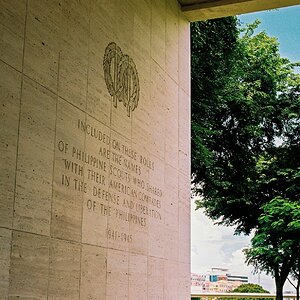Edit: Mike you beat me again! I'm going to search my room for hidden surveillance devices 
10-20mm is 10-20mm whatever the size of the sensor or film area. Whatever kind of lens and whatever kind of camera body, the focal length is 10-20mm. The field of view however will be different depending on the size of the sensor or film.
To give an example, 50mm on a 35mm camera is a "standard" lens. On a dSLR with a sensor 1.5x smaller than a 35mmx24mm negative, the effective field of view with that same 50mm is that of a short telephoto which is "comparable" to 75mm with 35mm film. If there was a sensor 2x larger than the 35mm format, then the effective field of view of a 50mm lens would be wide, and comparable to 25mm with the 35mm format. This is why I prefer to use the word "comparable", because the field of view you get with a lens of a given focal length depends on the size of the area on which the image will be captured. As mentioned by others, the main reason this causes confusion is because people are used to certain focal lengths giving a certain field of view on certain formats, whether 35mm film or smaller sensor digitals. The more different formats you shoot the more it starts to make sense.
The upshot of this is that the images you get with a 10-20mm lens on a Rebel XT will not have the same field of view as those produced with a 10-20mm on a 5D. The sensor on a Rebel is 1.6x smaller than the sensor on a 5D, therefore if you liked the field of view you get with a 10-20mm lens on a Rebel, you would need a focal length around 1.6x larger (16-32mm) in order to get a comparable field of view on the 5D.
You are correct in saying that an EF-S lens, being designed for a smaller sensor, will produce vignetting on a larger sensor.
10-20mm is 10-20mm whatever the size of the sensor or film area. Whatever kind of lens and whatever kind of camera body, the focal length is 10-20mm. The field of view however will be different depending on the size of the sensor or film.
To give an example, 50mm on a 35mm camera is a "standard" lens. On a dSLR with a sensor 1.5x smaller than a 35mmx24mm negative, the effective field of view with that same 50mm is that of a short telephoto which is "comparable" to 75mm with 35mm film. If there was a sensor 2x larger than the 35mm format, then the effective field of view of a 50mm lens would be wide, and comparable to 25mm with the 35mm format. This is why I prefer to use the word "comparable", because the field of view you get with a lens of a given focal length depends on the size of the area on which the image will be captured. As mentioned by others, the main reason this causes confusion is because people are used to certain focal lengths giving a certain field of view on certain formats, whether 35mm film or smaller sensor digitals. The more different formats you shoot the more it starts to make sense.
The upshot of this is that the images you get with a 10-20mm lens on a Rebel XT will not have the same field of view as those produced with a 10-20mm on a 5D. The sensor on a Rebel is 1.6x smaller than the sensor on a 5D, therefore if you liked the field of view you get with a 10-20mm lens on a Rebel, you would need a focal length around 1.6x larger (16-32mm) in order to get a comparable field of view on the 5D.
You are correct in saying that an EF-S lens, being designed for a smaller sensor, will produce vignetting on a larger sensor.


![[No title]](/data/xfmg/thumbnail/37/37603-739c5d9b541a083a12f2f30e45ca2b7b.jpg?1619738147)
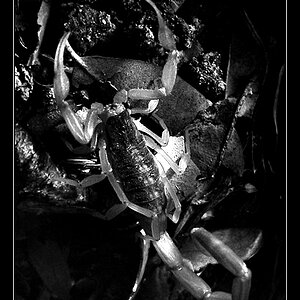
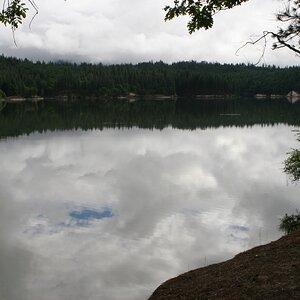

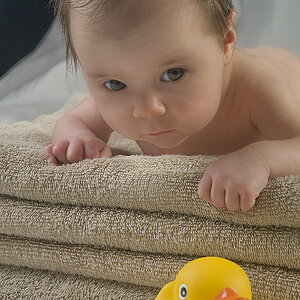
![[No title]](/data/xfmg/thumbnail/39/39292-4169a355b794ae9735845c4ad45d06ff.jpg?1619738958)
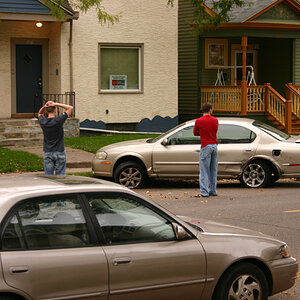
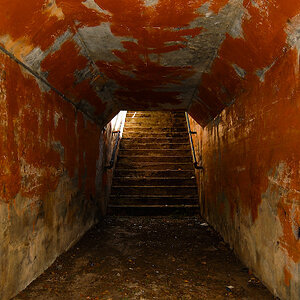
![[No title]](/data/xfmg/thumbnail/39/39288-2d76486ccc9042c6fb525aaaaffff1fb.jpg?1619738957)
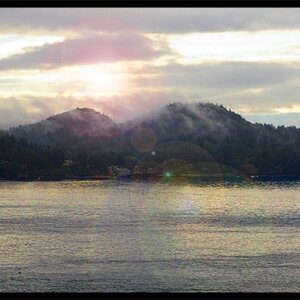
![[No title]](/data/xfmg/thumbnail/39/39291-a89dc472765e04f66f617dd9acc8030d.jpg?1619738958)
